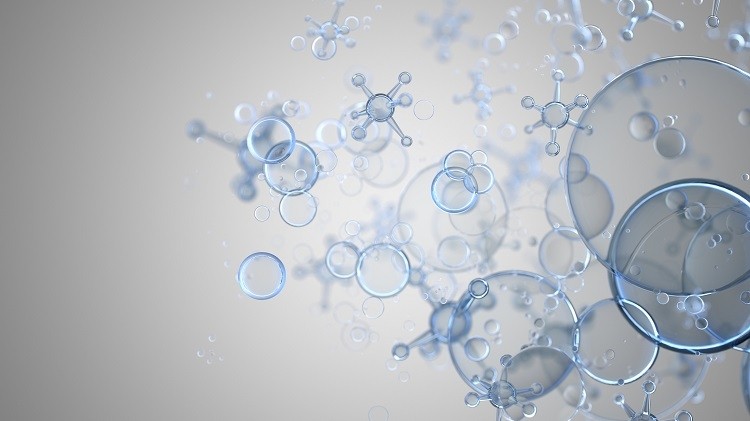Can nanotechnology remove PFAS and other persistent organic pollutants from water?

“These ECA processes have great potential to decontaminate waters by removing persistent organic pollutants (POPs), such as PFAS. These POPs have been targeted by various Canadian, American and European legislations as endocrine disruptors responsible for numerous consequences on aquatic fauna,” says Patrick Drogui, Professor at the INRS Eau Terre Environnement Research Centre, summarizing the importance and feasibility of the newly funded project.
Combining nanotech and electro-catalytic processes to decontaminate water
A $338,688 from the the Ministère de l'Économie et de l'Innovation (through the PRIMA Québec initiative) will support new research and development work by Professors Patrick Drogui and My Ali El Khakani from the Institut national de la recherche scientifique (INRS) and Professor Sébastien Sauvé, of the Université de Montréal.
The three will work together to design, manufacture, and test nanostructured photoelectrode surfaces. The unique surface structures will incorporate specific metal atoms and are expected to decontaminate water, degrading PFAS and other so-called forever chemicals. (Some of these PFAS and POPs can be traced back to beauty industry or product waste.)
Professor El Khakani's team will handle manufacturing the electrodes, the team in Professor Drogui’s lab will integrate the electrodes in next-gen ECA reactors and make adjustments to enhance PFAS degradation, and Professor Sauvé’s team will be responsible for testing the results.
“The chemistry of PFAS compounds is complex. High-resolution mass spectrometry tools are needed to properly identify and measure the hundreds of chemical forms that this family of compounds can take and to properly evaluate the effectiveness of decontamination processes,” explains Professor Sauvé, in this month’s press item from the INRS.
Putting partnerships and collaborations to work to degrade PFAS
The project has financial backing beyond the newly announced PRIMA Québec grant. More than $150,000 has come from industrial partnerships. And the Natural Sciences and Engineering Research Council of Canada has put up over $250,000. All told, the team is working with close to $760,000 in funding.
The aforementioned industrial partners include environmental solutions company SANEXEN (owned by LOGISTEC) and Rio Tinto Fer et Titane (RTIT), the second largest metals and mining company in the world. Which is the sort of collaboration Benoit Charette, Minister of the Environment and the Fight Against Climate Change and Minister Responsible for the Fight Against Racism, highlights in his remarks to the press: “This project illustrates the importance of establishing partnerships between industry and the research and higher education sectors to promote the growth of a green and sustainable economy in Quebec. Our government is proud to support this research and innovation project, which will contribute to the decontamination of water while stimulating the development of new green technologies.”









